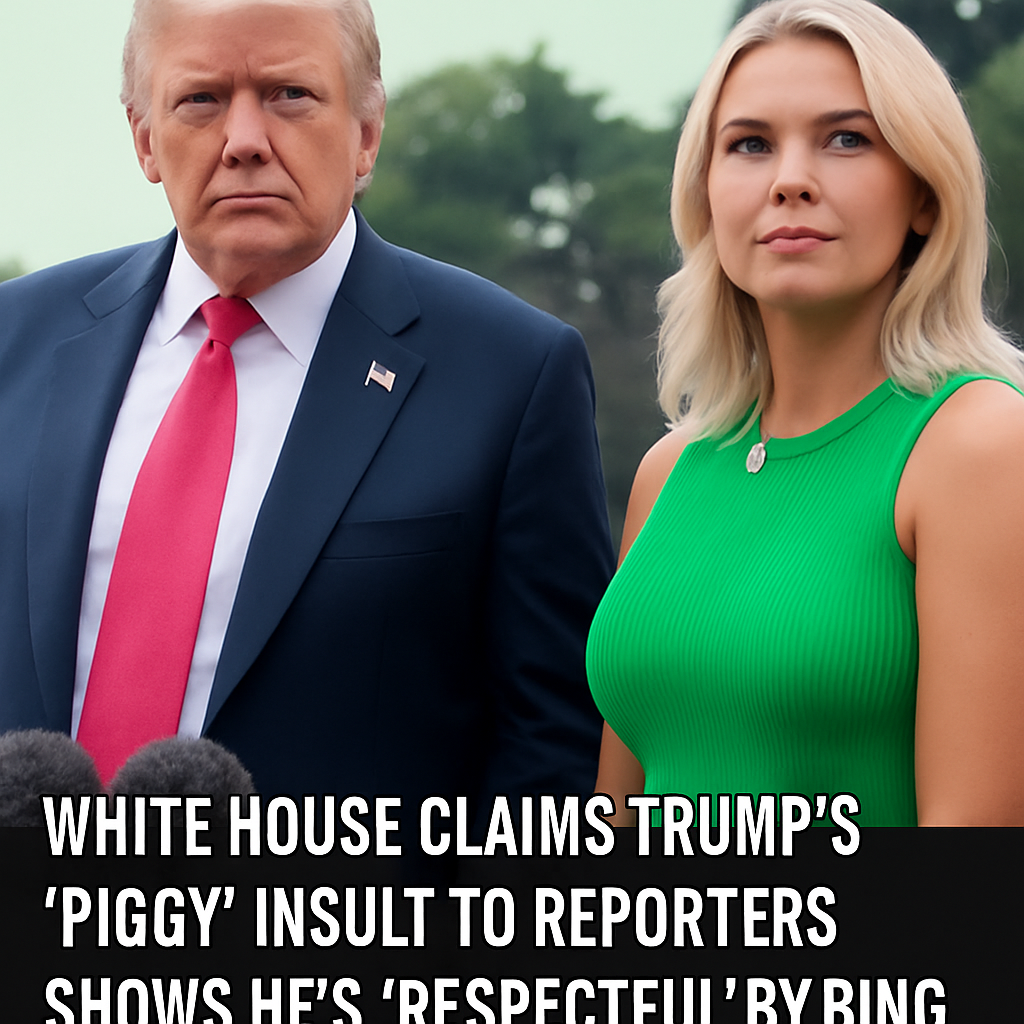As the room quieted, Leavitt leaned into the microphone with a calm, deliberate tone, signaling she had anticipated the backlash and arrived ready to control the narrative. Rather than treating the controversial remark as a mistake, she reframed it as an example of Trump’s trademark honesty. Americans, she argued, had long shown a preference for bluntness over polished political messaging.
In her telling, Trump’s choice of words wasn’t reckless but purposeful—a reflection of a leader who values instinct and candor over the cautious, measured language of traditional politicians. This framing allowed her to present the comment as part of a larger conversation about authenticity in public life.
Leavitt then shifted focus to the media, describing reporters as overly sensitive and too quick to take offense. By positioning the controversy as a clash between direct truth-telling and a hypersensitive press corps, she avoided addressing the deeper implications of the insult itself. Instead, she emphasized Trump’s refusal to filter his speech or conform to expectations.
Her strategy effectively redirected attention from the remark to the character of its speaker. Supporters in the room responded warmly, nodding as she argued that bluntness should not be confused with disrespect. By presenting the moment as part of a broader cultural debate, she softened scrutiny and diminished calls to revisit the harm caused by the comment.
In the end, Leavitt transformed a tense moment into an opportunity to reinforce a familiar narrative—one that champions direct speech, challenges media motives, and casts Trump’s controversial language as intentional rather than impulsive.
